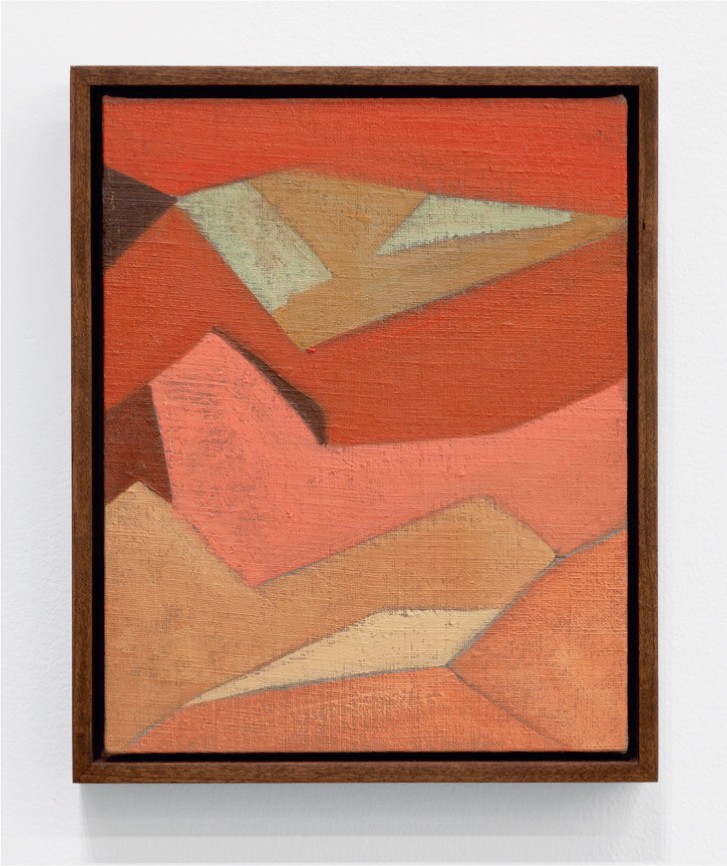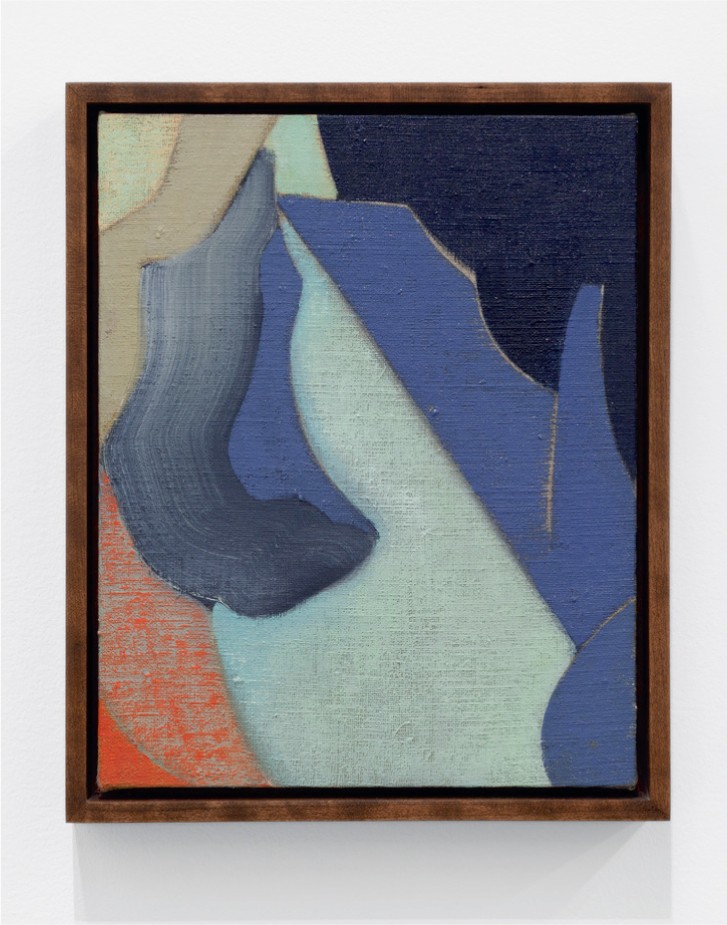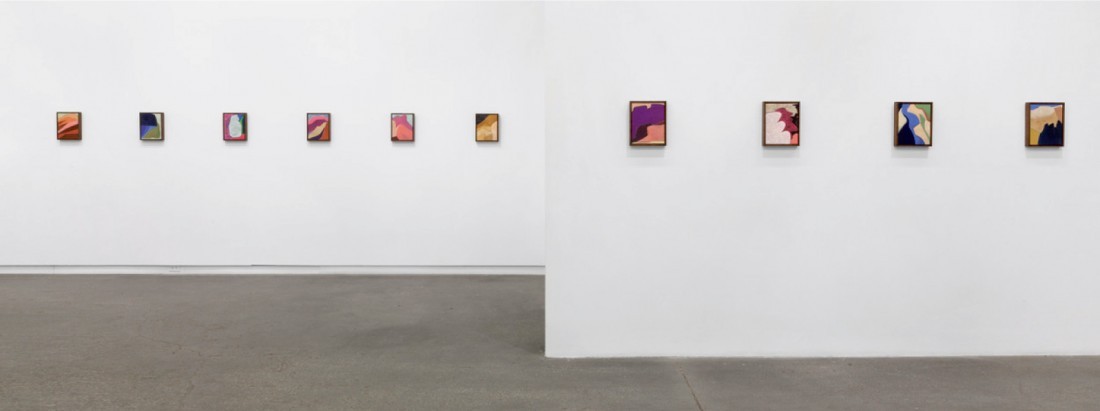A Visual Song of the Open Road
Kristine Moran, who now lives in Owen Sound, has given up her wheels. For the last 10 months, she and her husband and two young children toured the United States in a 30-foot-long Airstream trailer drawn by a Ford F-250. They covered 27,000 miles and visited 23 states, 4 provinces and 1 town in Mexico. After living in Brooklyn for 12 years, she decided that their family was ready for a change, a shift encouraged by the election of Donald Trump as president. They sold their house with her garage studio at the back of the property and became road residents. Their Airstream had its own slipstream; they were travellers and participants in the great song of the open road, as Walt Whitman, America’s greatest poet, described the impulse to head out for the territories. By her account, the journey was overwhelming and life-changing for her and her family.

Kristine Moran, Funeral Peak, 2018, oil on linen, 10 x 8 inches. Images courtesy the artist.
What Moran brought back was a concentrated and intense body of 48 landscape paintings that both came out of, and transformed, the particulars of her journey. When they were driving she would be drawing constantly in a sketchbook, making simple loose drawings, the most interesting of which she would redraw and transfer onto linen as paintings. “I didn’t want the looseness and openness I found on the road to be lost when it was transferred onto linen.” Her studio was the kitchenette in the Airstream where she could work two days a week while her husband took the kids out for the day.
The space in the studio changed the nature of her painting. Moran has an amazing ability to transform gesture into gorgeous forms, but the cramped conditions of the trailer studio restricted her painting style. “It changed the gesture into something that was quieter, and the painting itself became much thinner.” In the end she welcomed the limitations. “It was freeing and it gave me the ability to focus on the colour and form without having to feel I was reinventing the wheel every time.”

Spiteful Geyser, 2018, oil on linen, 10 x 8 inches.
Towards the end of their trip it was necessary to spend more time in the kitchenette studio as they drove into Canada and on their way back to Toronto for her exhibition at the Daniel Faria Gallery.
When her paintings were installed this past June, there was no way for the arrangement to reflect the chronology of their making. The place where the drawing was first done overlapped with the place where it was finished as a painting. “By the time I was making paintings from drawings done in Death Valley, we were on the Oregon coast.” Instead of attempting a linear record, she worked to create a meditative engagement that was the equivalent of “feeling your way through the experience of landscape.” What she has learned about her work over the last five years is a tendency that her road trip reinforced: a reliance on story. “Even when I’m focusing on the landscape, I turn it into some sort of grand narrative as told by the titles in the show. I am constantly on the search for a way of translating my personal experience into painting, and the way I can make that interesting for myself is to tell a story about it.”
As it turned out, her six-month experience told a transitional story about America’s place in the world. She named her exhibition “Confusion Hill,” after a place in California where an optical illusion makes groundwater appear to flow uphill. “I loved the name for its dichotomy,” she says. “The title is a bit humorous and it’s also a nod to the political moment in the US. It’s a very complicated and a very confusing time.” ❚

Installation view, “Confusion Hill,” 2018, Daniel Faria Gallery, Toronto.

